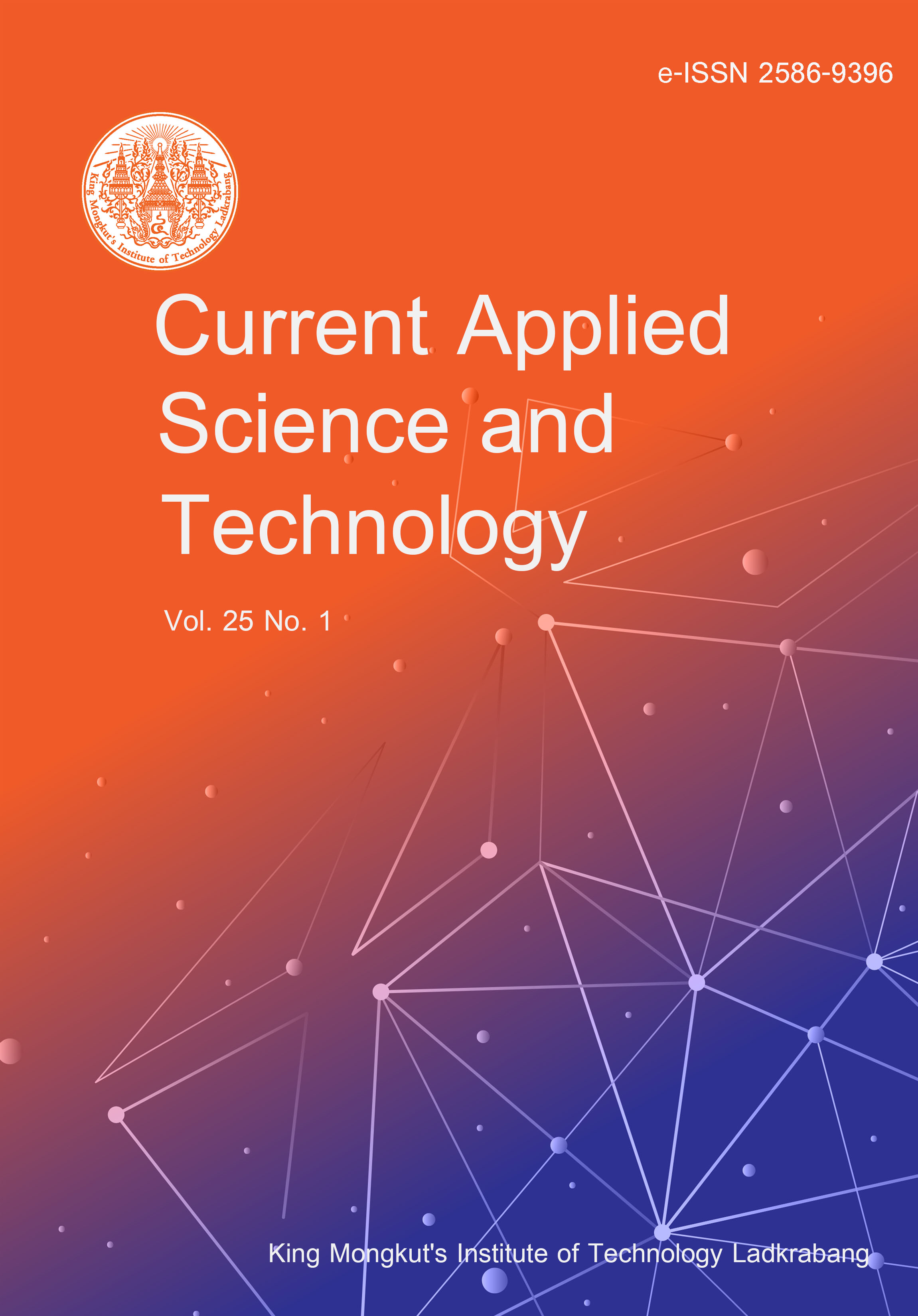Living organisms employ various approaches to evade stressful environmental conditions such as high and low temperatures, salinity, and drought. The most adapted strategy to circumvent such stress conditions is the use of osmolytes, which are low molecular weight organic compounds. A large amount of evidence clearly demonstrates the role of osmolytes in conferring stability to proteins. Much is now known about the interaction mechanisms that exists between osmolytes and proteins. Osmolytes exert their effect on protein stability by acting on the thermodynamic equilibrium, ‘native conformation ↔ denatured conformation’ in the reverse direction. There are various forces that osmolytes interact with proteins to make such an effect on this equilibrium. The preferential hydration phenomenon is most accepted for the explanation of protein folding in the presence of osmolytes. The unfavorable interaction between the peptide backbone and osmolyte molecules has been understood to be the driving force for the preferential hydration effect. Contrary to this, the stabilization of proteins induced by polyols is solvophobic in nature. Numerous other models have been devised to explain the interactions between proteins and osmolytes at the atomic level. In this review, we systematically reviewed all major forces involved in osmolyte-protein interactions.
Srinivasan, V. ., Rajendran, A. ., & Khan, S. . (2024). Protein Folding in the Presence of Osmolytes - a Complex Interplay of Multiple Forces. CURRENT APPLIED SCIENCE AND TECHNOLOGY, e0261080. https://doi.org/10.55003/cast.2024.261080

